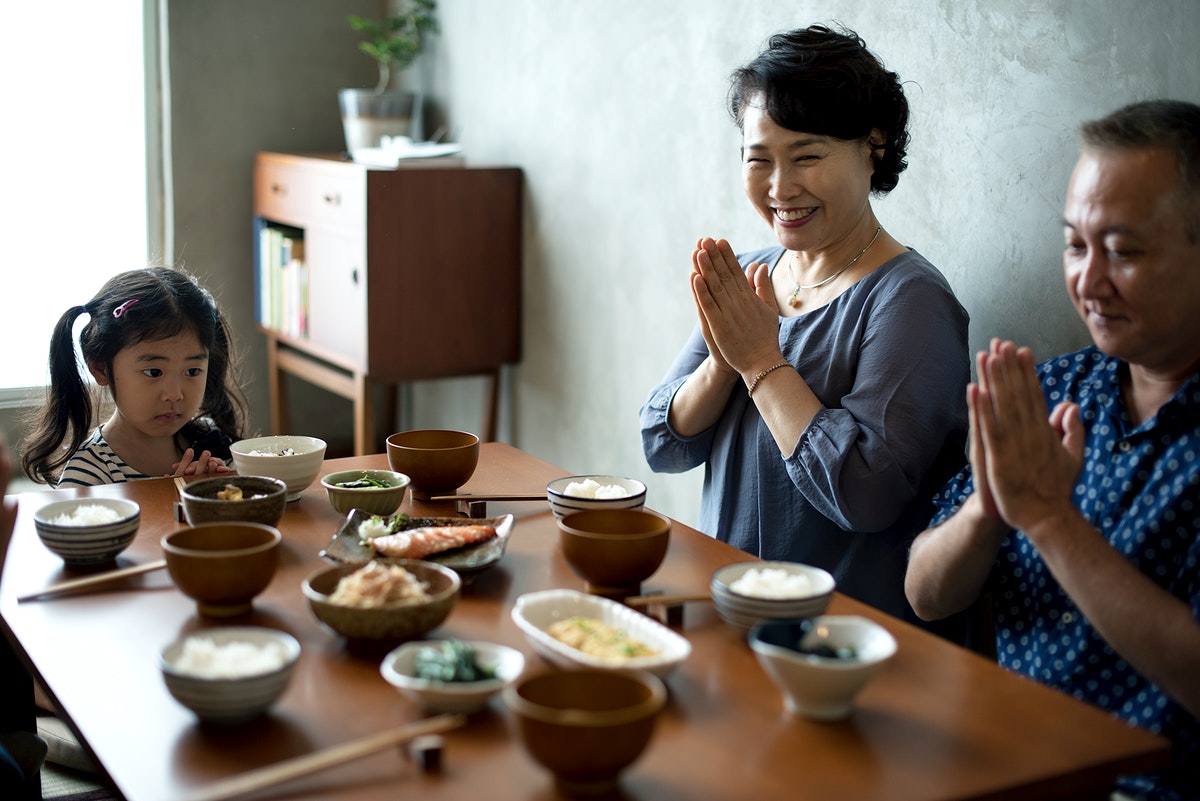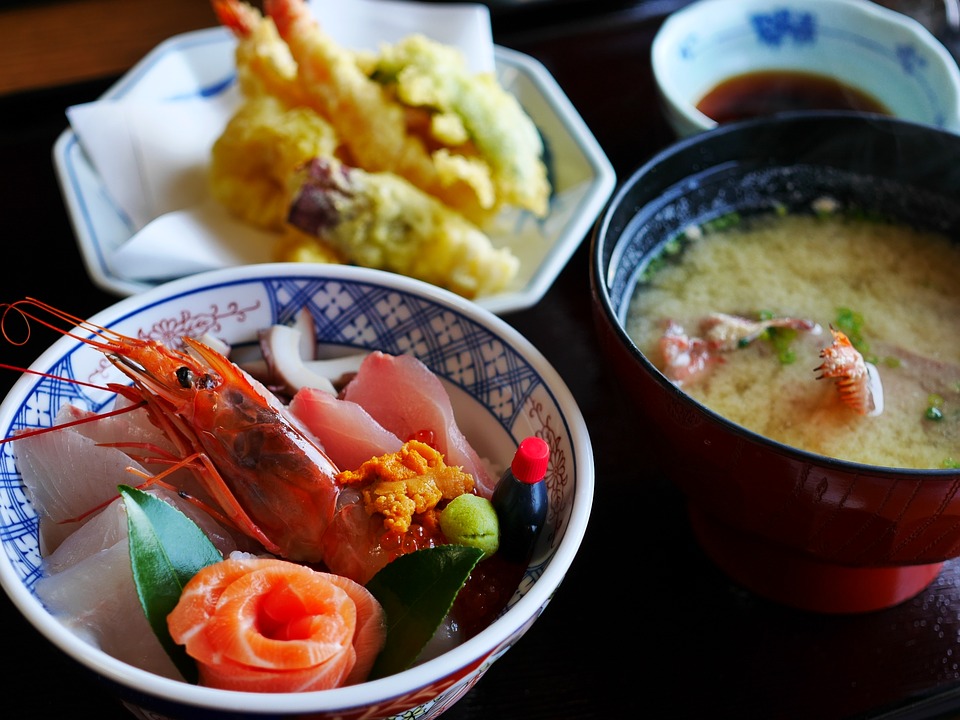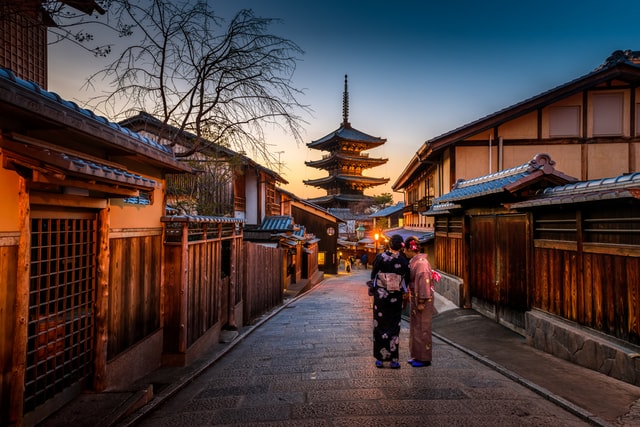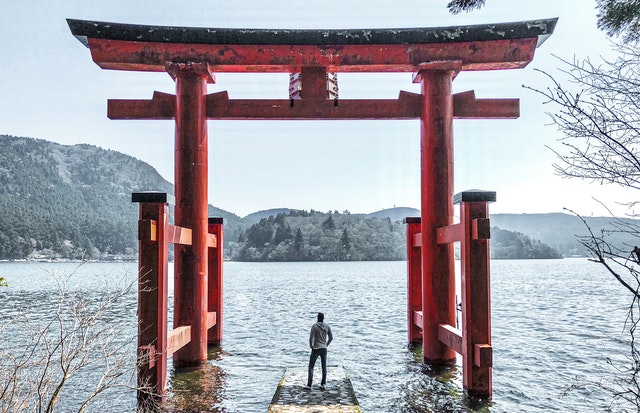
[ad_1]
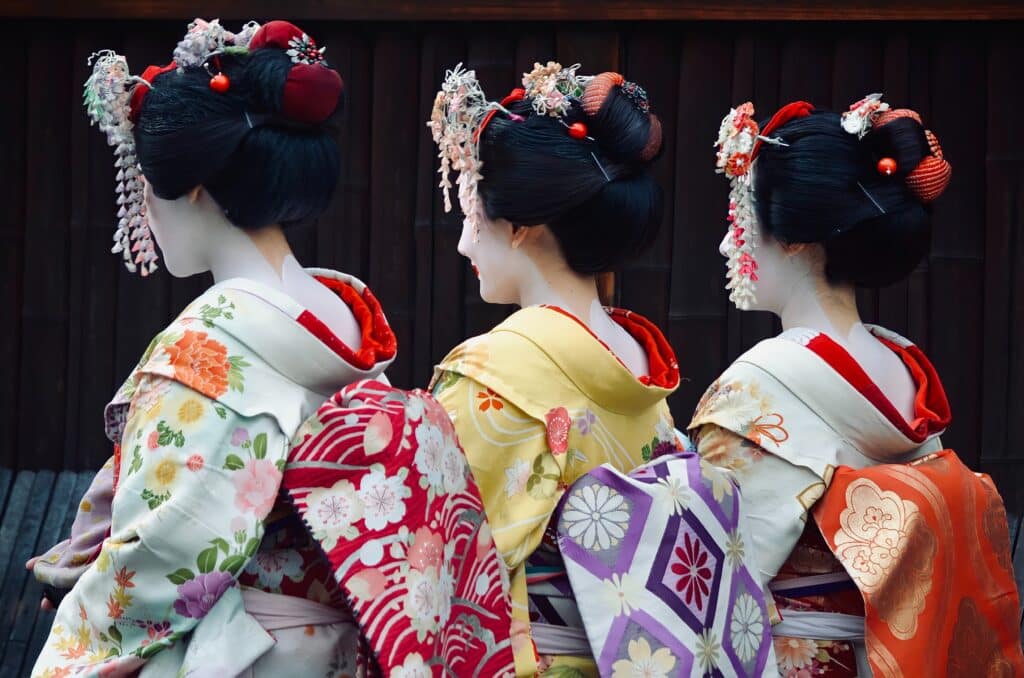
Japan has a wealthy tradition that spans hundreds of years, with prehistory courting again so far as 14,500 BC.
With proud traditions of class, simplicity and ritual, Japan has among the most interesting cultural choices on this planet.
On this publish, we’ll discover every thing it’s essential learn about Japanese tradition—the Japanese language, meals, anime, faith and spirituality, you identify it.
Contents
Obtain:
This weblog publish is out there as a handy and transportable PDF that you just
can take wherever.
Click on right here to get a duplicate. (Obtain)
Japanese Customs and Traditions
Japan is usually a conservative society with many distinctive customs. Some courting again hundreds of years. Traditions are extremely considered pillars of what makes the Japanese individuals distinctive.
Listed below are a couple of elements of the modern-day Japan customs:
- Clothes tends to be modest, muted in shade and concealing in comparison with Western garments. Japanese individuals nonetheless put on conventional clothes at festivals and through necessary ceremonies although.
- Tattoos are historically related to yakuza—the Japanese mafia. They boast detailed full-body artistic endeavors that affiliate them with their clan. Because of this your ink would possibly increase a couple of eyebrows. Nevertheless, youthful individuals are typically extra accepting of tattoos.
- Courting doesn’t start till somebody confesses. This mutual acknowledgment of one another’s emotions supplies the springboard to start a relationship. Japanese often present much less affection and as a substitute present delicate indicators that they care. Additionally, kissing your vital different in public is an enormous no-no!
- Mascots do greater than look cute. Japan’s mascots have gained a status for being cute and cuddly representations of firms, merchandise, cities and extra. However additionally they serve a cultural goal. These beloved characters promote tourism and improve consciousness of necessary points.
Maintain studying:
Japanese Arts and Leisure
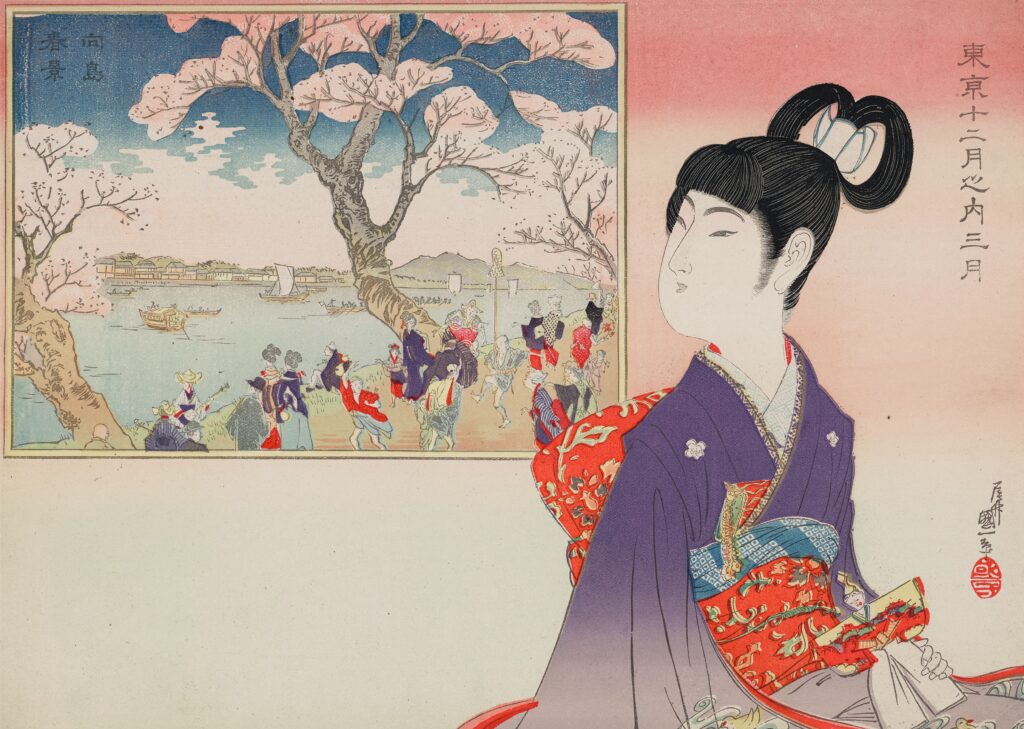
Japanese artwork has lovely aesthetics of class and ease. Some arts have been fastidiously crafted over centuries, whereas others have been developed extra just lately.
Japanese Anime
It’s unattainable to speak about Japanese artwork with out mentioning anime.
Anime has taken the world by storm and is without doubt one of the largest gateways to Japan’s inventive tradition. Many classics resembling “Astro Boy,” “Dragon Ball” and “Naruto” have turn into family names.
Anime has its roots within the Edo interval, when reveals known as utsushi-e that concerned glass slides forged by way of a wood lantern grew to become common.
At this time, Japan boasts over 400 animation firms which have created lots of of reveals and films.
Maintain studying:
Japanese Authors
“The Story of Genji” is without doubt one of the world’s oldest novels, written by Japanese writer Murasaki Shikibu.
Japan has a wealthy literary custom that continues as we speak because of the contributions of Japanese authors from throughout the centuries. Many have works famend worldwide, together with Kenzaburo Oe and Haruki Murakami.
Quick tales even have an enormous place in Japanese literature, with collections of tales compiled in books and month-to-month magazines.
Maintain studying:
Japanese Leisure
Ever heard of Akira Kurosawa? Utada Hikaru? How about Takuya Kimura?
These are just some of Japan’s media icons.
In fact, who can overlook “Godzilla” or “The Ring”? Each of those movies are Japanese, and plenty of Japanese films have captured world audiences.
Their wealthy tales replicate the historical past and themes common in Japan, making them an effective way to get accustomed to the tradition.
Japanese singers have additionally created music that charms the hearts of the populace and area of interest communities.
Maintain studying:
Japanese Theater
Kabuki theater—maybe probably the most broadly recognized—entails thrilling, stylistic performances by actors in vibrant masks.
In distinction, Noh theater entails refined actions and thoroughly crafted poetic tales with roots in performances at non secular ceremonies.
There are additionally the masterfully manipulated puppets in Bunraku, which proceed to entertain hundreds within the twenty first century simply as they did in sixteenth century Edo.
Japanese Conventional Arts
Some of the prolific of Japan’s conventional arts is the tea ceremony, an elaborate custom of getting ready matcha and serving it with scrumptious sweets. It’s the last word present of hospitality.
This extremely formal ceremony entails utilizing bamboo instruments to serve and whisk the tea in a sequence of steps so company can take pleasure in a cup of thick inexperienced tea.
Different arts embody calligraphy, which turns writing Japanese kanji right into a flowing, swish piece of artwork. There’s additionally ikebana, which entails arranging flowers into a particular aesthetic type.
Faculties and universities usually have golf equipment devoted to working towards these arts, and neighborhood facilities supply courses and occasions the place anyone can expertise them—vacationers included!
Japanese Manga
Manga is certainly one of Japan’s hottest innovations and is now well-known worldwide. It consists of comics and graphic novels.
Manga covers numerous genres, from motion and journey to romance and comedy. It additionally typically options distinctive visible kinds and storytelling methods.
Yow will discover numerous manga sequence in weekly or month-to-month magazines in Japan and on-line. They’re typically later compiled into tankobon volumes—that are mainly comedian e-book collections. Many animes are additionally primarily based on manga sequence.
Some common mangas embody Naruto, One Piece, Assault on Titan and Dying Word.
Maintain studying:
Meals and Drink Tradition in Japan
Conventional Japanese meals is named washoku (和食, わしょく, Japanese meals). It’s recognized for its easy, clear flavors, which range from area to area.
Meals is taken very significantly, and the perfect meal is created whereas contemplating the steadiness of colours, flavors and vitamins.
Fish and seafood are the staple protein of Japanese meals, though Japan has many scrumptious meat dishes (yakitori, anybody?). Miso soup and pickled greens are discovered on each washoku menu. And scrumptious, fluffy white rice!
Dozens of types of tea are cultivated in Japan, with bottles of heat and chilly tea accessible in merchandising machines nationwide. Inexperienced tea, oolong tea, black tea… going into each single type would take ages.
Alcohol holds a particular place in Japanese tradition. From conventional sake to chuu-hai and beer, Japanese individuals are massive drinkers. Many bonding periods between colleagues are held over glasses of beer at an izakaya.
When consuming, filling your mates’ glasses earlier than your personal is a should—ideally earlier than they get empty.
Maintain studying:
Japanese Sports activities Tradition
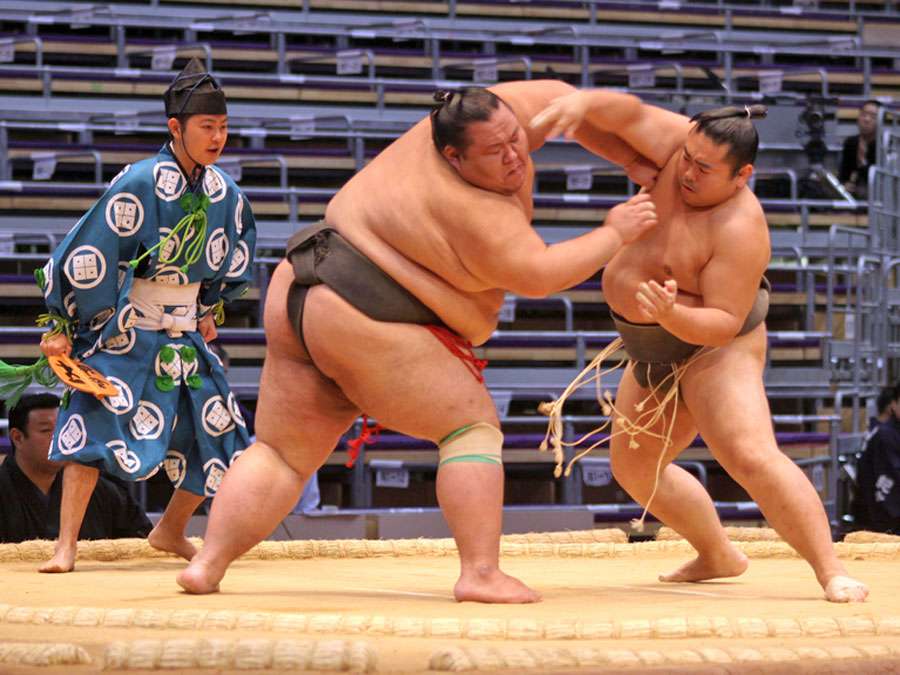
From martial arts to trendy sports activities, Japan loves athletics.
They even have a devoted vacation known as “Well being and Sports activities Day” the place colleges and communities unite for enormous athletic occasions.
Baseball is Japan’s hottest sport, with the Japan Sequence and Excessive College Baseball Championships drawing hundreds to the stands yearly.
Some Japanese gamers have additionally reached movie star standing outdoors of Japan—Ichiro Suzuki of the Seattle Mariners is undoubtedly one of the crucial well-known ballplayers ever.
Tennis, soccer and golf are additionally loved all through the nation, each recreationally and competitively.
Nevertheless, conventional Japanese sport stays common. Sumo is the unofficial nationwide sport of Japan, which originated as a Shinto ritual and advanced into an exhilarating wrestling match the place two large males try and throw one another out of the ring.
Japanese Martial Arts
Japanese martial arts are a window into the cultural heritage of Japan.
Judo—a martial artwork centered on technical takedowns of 1’s opponent—has achieved world reputation and an Olympic class.
Kendo swordsmanship has roots in samurai methods, as duelers let loose spirited shouts in a flurry of bamboo blades.
There’s additionally Japanese archery—kyudo—which makes use of giant, highly effective bows and has a subsection dedicated to capturing on horseback.
And naturally, there’s aikido and jujitsu.
Historical past and Influences of Japanese Tradition
Historical Japan had Chinese language and Korean influences. Many applied sciences, resembling rice farming and ironwork, got here from China and Korea. Buddhism began in Japan by way of the Korean peninsula, whereas Japanese kanji comes from Chinese language characters.
Even tea was imported from China, first dropped at Japan by Buddhist monks coming back from their research within the eighth century.
Confucianism and its teachings subtle all through Japan, creating Japan’s group-oriented tradition. This Confucian precept holds that the group’s concord is primarily positioned above the person’s emotions.
As such, Japanese individuals view themselves as a collective group, taking nice care to behave in one of the best pursuits of these round them to protect integrity.
With the ability to learn the environment, kūki o yomu (空気を読む, くうきをよむ), is important for all conditions so that everybody’s emotions are taken into consideration earlier than a person comes to a decision.
However that’s to not say Japan has no home-grown traditions.
Japanese customs revolve across the 4 seasons. Japan locations numerous emphasis on its 4 distinct seasons: heat nice springs, sizzling humid summers, crisp blustery autumns and funky frosty winters.
Japanese individuals stay up for hanami (花見 , はなみ, cherry blossom viewing) within the springtime and carrying yukata, a extra informal model of the kimono, at summer time festivals.
Completely different meals are served relying on the time of yr as properly.
One other Japan-native customized is the immense affect of Tokyo on every thing. Starting in feudal occasions, when the households of the the Aristocracy and army officers have been required to stay in Tokyo, a typical “Tokyo tradition” grew to become pervasive and seen as the usual for all of Japan.
1 / 4 of Japan’s inhabitants lives within the Tokyo Metropolitan Space. And Tokyo is the political, monetary and cultural hub for the complete nation.
It additionally will get attacked by large monsters in films—very similar to New York or Los Angeles in the USA!
Maintain studying:
Japanese Faith and Spirituality
Japan has two main religions: Shinto and Buddhism.
These religions coexist peacefully in Japanese society, with traditions from each present in on a regular basis life.
Shinto shrines will be discovered at Buddhist temples, and Japanese individuals generally have a Shinto wedding ceremony and a Buddhist funeral.
Shintoism
Shinto is the faith indigenous to Japan. It believes that the kami (神, かみ) inhabits all issues, from animals to mountains.
Kami could also be translated as “god” or “spirit,” however these phrases don’t fairly cowl the essence of what kami are.
They’re pure forces that encourage a way of awe and reverence, which may manifest in locations, issues and even individuals.
Shrines are constructed to deal with and worship kami, and it’s right here the place rituals of worship and choices are made to those deities. Clergymen and miko (巫女, みこ, shrine maidens) are those who historically perform these rituals and take care of the shrines.
Shinto is extra of a set of customs and traditions somewhat than an organized faith with strict doctrines and holy texts.
Buddhism
Buddhism was imported to Japan by way of the Korean kingdom of Baekje.
It encompasses a wide range of non secular paths that search to launch a person from earthly struggling and the cycle of rebirth by attaining enlightenment.
Initially, Buddhism was embraced by the ruling class of Japan earlier than finally gaining acceptance among the many widespread individuals. Buddhism and its teachings unfold throughout the nation, with grand temples being constructed and monks touring to China to check.
Over time, Buddhism advanced into a number of Japanese sects, together with Nichiren, Pure Land and Zen Buddhism.
These sects have totally different particular practices, however all of them revolve round maintaining a pure coronary heart and thoughts as one diligently performs rituals and introspective meditation.
Different Religions
Different religions—resembling Christianity and Islam—are unusual in Japan. Nevertheless, Japan does have fun Christmas as a romantic vacation.
Regardless of all of those practices, Japan just isn’t particularly non secular in a standard sense. Spiritual rituals are extra noticed as a cultural behavior than religious observe amongst on a regular basis individuals.
Visiting shrines and temples is widespread to wish for good luck or fortune, and plenty of festivals are held at Shinto shrines.
On New 12 months’s Day, individuals flock to the shrines for the primary new yr go to. And Buddhist temples ring a bell 108 occasions to drive out the misfortune of the earlier yr.
Maintain studying:
Superstition and Japan
Japan is extra superstitious than non secular.
Many of those superstitions have roots in previous folklore and contain phrase associations, as Japanese has many homophones (phrases pronounced the identical with totally different meanings).
As an example, unfortunate years—generally known as yakudoshi (厄年, やくどし)—are ages of your life when it’s believed you’re extra susceptible to unhealthy luck.
Talking of ill-omen numbers, 4 and 9 characterize dying and struggling. In order that they are typically averted in room numbers and gift-giving.
Fortune telling can be common, and visiting a shrine to obtain a fortune or make a want to the gods is a standard exercise.
Maintain studying:
Manners and Etiquette in Japan
With gestures and actions, Japanese individuals nurture their relationships with each other and keep concord within the group.
Some fundamentals to remember are:
- Take off your footwear when coming into somebody’s home.
- Silence your cellphone on the practice or bus.
- By no means stick your chopsticks upright in a bowl of rice. That is solely performed at funerals. Don’t play with them, both!
- Carry your rubbish till you discover the right bin to eliminate it.
- Ensure you stand on the right aspect of the escalator.
Maintain studying:
Japanese Formality
Japanese society may be very formal and hierarchical.
When Japanese individuals work together, they contemplate their age, occupation, social standing and diploma of familiarity as they select their phrases and actions.
However don’t—you’re not anticipated to grasp all of the formalities.
Listed below are a couple of info that will help you navigate well mannered Japanese society:
- Formal Japanese is totally different from casual language. Completely different politeness ranges of speech vary from extraordinarily informal to well mannered speech known as keigo. These ranges show you how to present the right quantity of respect to the opposite particular person.
- The well mannered manner of sitting is named seiza. On formal events—resembling a flowery dinner, when the company are required to take a seat on the ground—it’s good manners to take a seat together with your legs tucked beneath you and your fingers in your thighs (for males) or folded in your lap (for ladies).
- The way you bow issues. Whereas it’s widespread data that bowing in Japan reveals respect, there are totally different levels of bows relying on the state of affairs. Probably the most informal bow is eshaku (会釈, えしゃく) at 15°. Okeirei (敬礼, けいれい) is for bosses and in-laws, and is carried out at 30-45°. The deeper the bow, the extra respectful it’s. Visiting temples or apologizing for one thing vital requires a deep, lengthy bow of 70°.
Maintain studying:
https://www.fluentu.com/weblog/japanese/formal-japanese/
Work and Enterprise Tradition in Japan
It’s arduous to discover a extra inflexible and formal world than the Japanese enterprise one. There are guidelines for the place the supervisor sits in a room, methods to greet superiors and prospects, displaying due deference and extra.
For those who hope to do enterprise with Japanese firms, it’s value paying attention to the variations in work tradition between your nation and Japan.
Maintain studying:
Enterprise Playing cards
Exchanging enterprise playing cards (名刺交換, めいしこうかん) is an ordinary customized in Japan and is essential for those who hope to make any headway together with your new Japanese contacts.
Enterprise playing cards are seen because the face of the person they belong to and have to be dealt with with the utmost respect.
Office Hierarchy
There are strict hierarchies within the Japanese office. Seniority is king, with those that have been at firms longer incomes increased wages and being provided higher promotions.
Due to the worth positioned on hierarchy, Japanese workers are required to examine with their supervisor on any points.
Moderately than the go-getter particular person valued within the West, an individual who diligently checks with their boss earlier than making any choice is seen as worker in Japan.
Socialization After Work
Japanese businessmen know methods to unwind. Socializing at bars or karaoke locations after work together with your coworkers—in a observe known as nomikai (飲み会 , のみかい)—is widespread to construct relationships among the many staff.
The strict social laws of the office ease up in these conditions, which permits coworkers to complain to one another in regards to the stresses of the job.
Generally a couple of members of the group will exit for a second celebration known as nijikai (二次会 , にじかい), actually that means “second celebration.” Issues can actually get wild there!
The Japanese Language
Japanese is spoken by 125 million individuals worldwide.
It’s additionally one of the crucial tough to grasp, with three writing programs, grammar constructions a lot totally different from English and a whole subsection of hierarchical language.
Japanese is taken into account a language isolate, that means it has no relationship to every other language.
This makes Japanese distinctive in its construction, with no different language fairly prefer it.
Maintain studying:
Japanese Pronunciation
Japanese has 15 consonants and solely 5 vowels, so saying Japanese is fairly simple when you get the hold of the accent.
The consonants and vowels are mixed to kind syllables, which is what hiragana and katakana are used to convey.
The very best half? Each syllable is pronounced the identical, regardless of the place it’s in a sentence.
Japanese Writing
Hiragana and katakana are the 2 indigenous programs used to put in writing Japanese.
They’re labeled as syllabaries, that means one character interprets to at least one syllable (consonant + vowel).
Kanji, however, was borrowed from China.
Kanji is a pictographic system, with one character translating to at least one phrase. Enjoyable reality: hiragana and katakana have been derived from kanji!
Maintain studying:
Japanese Speech
Japanese has gendered speech, that means it has totally different speech kinds for women and men. The 2 important variations lie in private pronouns and sentence-ending particles.
In Japanese, there are a number of other ways of claiming “I.”
あたし is solely feminine, whereas 俺 (おれ) is solely male. 私 (わたし) can be utilized no matter intercourse.
Some Japanese particles—little sounds that establish the position of phrases in a sentence—lean extra in the direction of a particular gender. わ, なの and かしら are most popular by girls, whereas ぞ, ぜ and よ are utilized in tough, male speech.
Japan additionally has totally different dialects relying on the area of the nation. How one particular person speaks in Fukuoka can sound odd to somebody from Aomori.
Because of this I like to recommend immersing your self in as a lot Japanese as doable from day one.
A straightforward manner to do that is utilizing a language studying program like FluentU. FluentU teaches you Japanese by way of genuine movies, which you’ll be able to kind by degree.
Every video comes with interactive subtitles. Whenever you encounter a phrase you don’t know, clicking on it reveals you the definition, pronunciation and instance sentences. Plus, it robotically provides it to your customized SRS flashcard decks.
You’ll immediately begin coaching your ears to Japanese’s totally different sounds and dialects.
Maintain studying:
With a lot tradition to discover, Japan is a rustic you may get endlessly misplaced in.
Anyone can discover one thing that piques their curiosity—athletics, arts, meals and past.
[ad_2]
